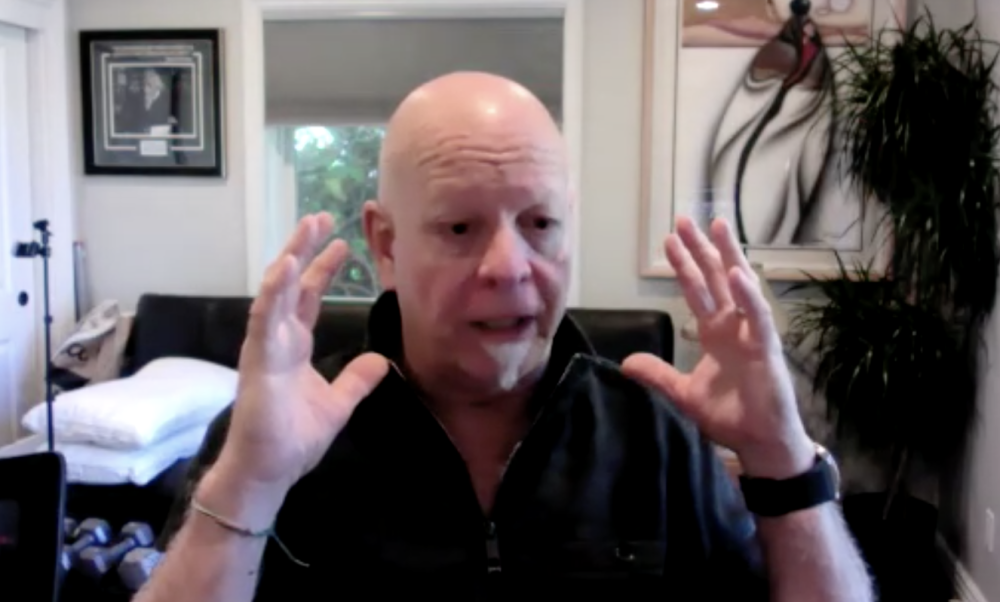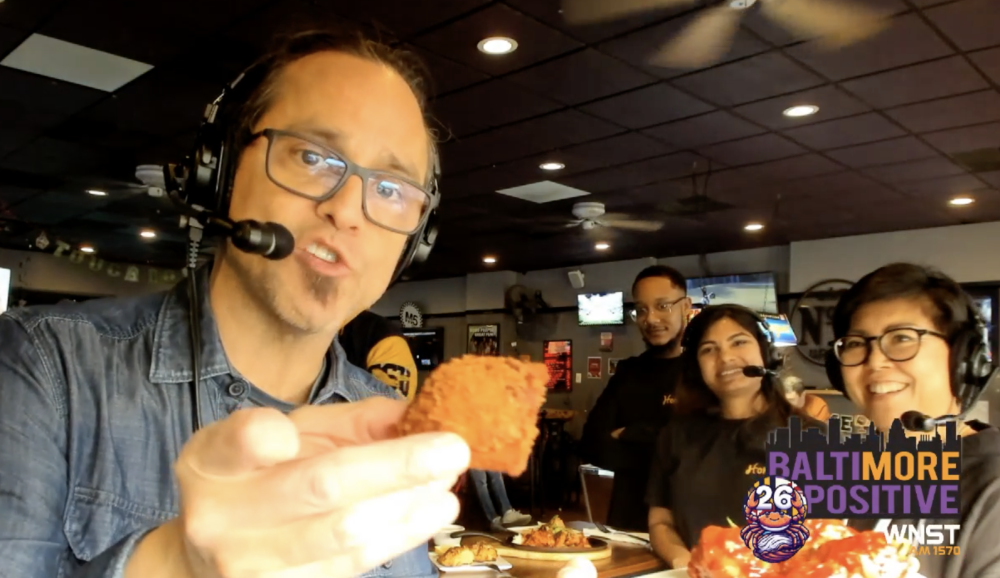Douglas wound up leaving the Delaware-Navy game on the set for most of the afternoon, seeing the same things that made DeCosta forego College Park that day for more Flacco time and the Delaware Blue Hens offense.
“Why in the world are you watching Navy and Delaware?” Shannon asked.
“This could be our quarterback one day,” he said.
“Really?” she said, shocked. “From Delaware?”
“Just watch him throw,” Douglas told his wife. “Just watch him throw the ball.”
o o o
Of all of the efforts any NFL team puts forth in winning a championship, nothing takes more time, expense, travel, and institutional teamwork than drafting football players in April.
What has become a fun obsession for many NFL-starved fans in the offseason with televised combines, tweeted workout times, and a marathon weekend in April of drafting players is much more of a serious search for the Holy Grail for NFL scouts, general managers and coaches. All of their jobs, futures, dreams, and salaries depend on finding the next big thing, regardless of the round.
Everyone is looking for a Pro Bowl quarterback. Everyone is looking for the next Tom Brady with a 6th round pick or Peyton Manning with the No. 1 overall pick. Everyone wants to draft a Hall of Famer like Ray Lewis or Ed Reed at the end of the first round. Everyone also wants to find a Marshal Yanda in the third round or a Dennis Pitta in the fourth round or an Arthur Jones in the fifth. You need solid, productive starters coming from your draft pool. Ozzie Newsome and his staff of scouts have always found late-round players, and even undrafted free agents, who have done well and found homes in the NFL. They’ve also drafted non-contributors like Sergio Kindle and Dan Cody in the second round, Yamon Figurs, Devard Darling, Tavares Gooden. and Oneil Cousins in the third round, etc. It’s a hit and miss business. No one will be perfect, but the results on the field are what keep you employed and get you a seat at the table in the next draft.
It is by any measurement the most inexact science you can imagine and one that the Ravens are universally renowned for being among the best in the business any way you’d try to measure it. So many issues – team needs, contract situations, depth, and there’s usually political wrangling behind the scenes in every organization from coaches and scouts trying to be the one to draft the next NFL superstar. And each player brings roughly 21 years worth of baggage, injuries, personal and personnel evaluations, grades, families, problems, mistakes, and insecurities with them into your NFL building.
It’s all about choosing wisely – and of course, being lucky.
Ozzie Newsome made his mark in the first three hours of his tenure as the Ravens’ personnel leader in 1996 by selecting Jon Ogden over Lawrence Phillips (against the wishes of his owner, Art Modell, no less) and Ray Lewis over Leeland McElroy and by 3 p.m. on his first-ever draft he had unwittingly drafted two first-ballot Hall of Famers and Super Bowl champions, one an MVP – just another day at the office for Ozzie. Over the past 17 years, it’s become clear that this was not “beginner’s luck” for The Wizard of Oz.
Obviously, his 1996 score of back-to-back Hall of Famers that led to the Super Bowl XXXV title cemented his ability to identify talent. Incidentally, the Pittsburgh Steelers picked four Hall of Famers in the same draft in 1974 with Lynn Swann, Jack Lambert, John Stallworth and Mike Webster and added them to the original pair from the 1970 draft when they selected Terry Bradshaw and Mel Blount. The Dallas Cowboys of the Jimmy Johnson era picked Hall of Famers in the first round in three consecutive years with Michael Irvin, Troy Aikman and Emmitt Smith in 1988-89-90. But in a century of football teams, these are the only instances with multiple Hall of Famers in the same draft or even in the same range of years so it’s rarefied air for sure. It’s almost like hitting the Powerball twice – on the same day.
In retrospect, the drafting of Flacco would be a bragging point for any organization – finding a Super Bowl MVP quarterback is the goal of all 32 teams and the highest priority for any scout or coach – but it’s even more fascinating given the backdrop and profile of the Baltimore Ravens’ need for a new signal caller in the spring of 2008.
Just five days before Flacco’s five-overtime game in Newark against Richmond, the Ravens entire personnel team was in Pittsburgh on November 5, 2007 on an evening when it felt like starting quarterback Steve McNair aged 10 years in a brutal 38-7 beating at the hands of the Steelers at Heinz Field. In a cold, driving rainstorm on Monday Night Football, James Harrison stripped McNair on the first series in the Pittsburgh mud and the Ravens fell behind 35-0 at halftime in a laugher that saw them manage just five first downs in 60 minutes vs. the Steelers defense. McNair was sacked five times and finished 13-of-22 for an anemic 63 yards of passing.
As Decosta, Hortiz, Douglas, and Weidl arrived at their Newark-College Park, Ryan-Flacco doubleheader that debacle was still fresh on their minds, so you can imagine how inspired they were to watch a couple of young quarterbacks throw the football all over the field the following Saturday.
It was obvious that the Ravens still needed a franchise quarterback.
Since Billick’s arrival in January 1999 as an offensive genius and potential savior based upon the fact that his 1998 Minnesota Vikings had set every offensive record in NFL history with a 15-1 regular season with Randall Cunningham throwing to Cris Carter and Randy Moss, the Ravens had a glaring weakness at quarterback while their defense had annually been among the best in the game. That had to change.
Since Billick’s early decision to try Scott Mitchell as the answer at signal caller in 1999 – or as the new head coach said at the time: “take a leap of faith” — the Ravens had gone through a baker’s dozen of offensive quarterbacks – Stoney Case, Tony Banks, Wally Richardson, Chris Redman, Trent Dilfer, Randall Cunningham, Elvis Grbac, Jeff Blake, Anthony Wright, Kyle Boller, Steve McNair and Troy Smith.
“You need a QB and you need good personnel people,” said owner Steve Bisciotti. “It is that simple. The Ravens from the day I got in [in 1999] were churning quarterbacks every year. From Dilfer to Grbac, Blake, Cunningham, Wright, Boller, Redman. You can’t win in the NFL without a quarterback and without continuity at that position for the offense and for everything you’re doing.”
Billick was fired in no small part because of his inability to turn any of the above roster of arms into one consistent, winning NFL quarterback. That’s what the best teams in the NFL do. And while the football personnel folks didn’t know in November 2007 that John Harbaugh would be replacing Billick as head coach in a few weeks, they did know that regardless of who would be coaching the 2008 Ravens, it was incumbent upon them to improve the quarterback position via the draft in April.
For the record, the Ravens had drafted seven quarterbacks on draft day since coming to Baltimore, most late-rounders – Jon Stark (1996), Wally Richardson (1997), Chris Redman (2000), Wes Pate (2002), Kyle Boller (2003), Josh Harris (2004), Derek Anderson (2005), and Troy Smith (2007). Only Boller and Redman were considered serious candidates to be “franchise” quarterbacks. The rest were projects and depth rolls of the dice.
Making the sting even worse in this decade of angst about the most important position on the field was the sudden emergence of Derek Anderson, a sixth-round pick and 213th overall from Oregon State, as the signal caller for the AFC North rival Cleveland Browns. The Ravens had released him in September 2005 because they didn’t think he was good enough to be a third-stringer behind Kyle Boller and Anthony Wright. Now Anderson had somehow led the perpetually woeful Browns to a 10-6 record while a decrepit McNair stumbled the Ravens to a 5-11 finish line. These were the same Browns that missed on the No. 1 pick in the draft in 1999 when they selected Tim Couch from Kentucky, who was never productive amidst a roster of rejects and has-beens. Couch made more than $40 million while his Browns went 26-54 in his five seasons and was often injured.



























